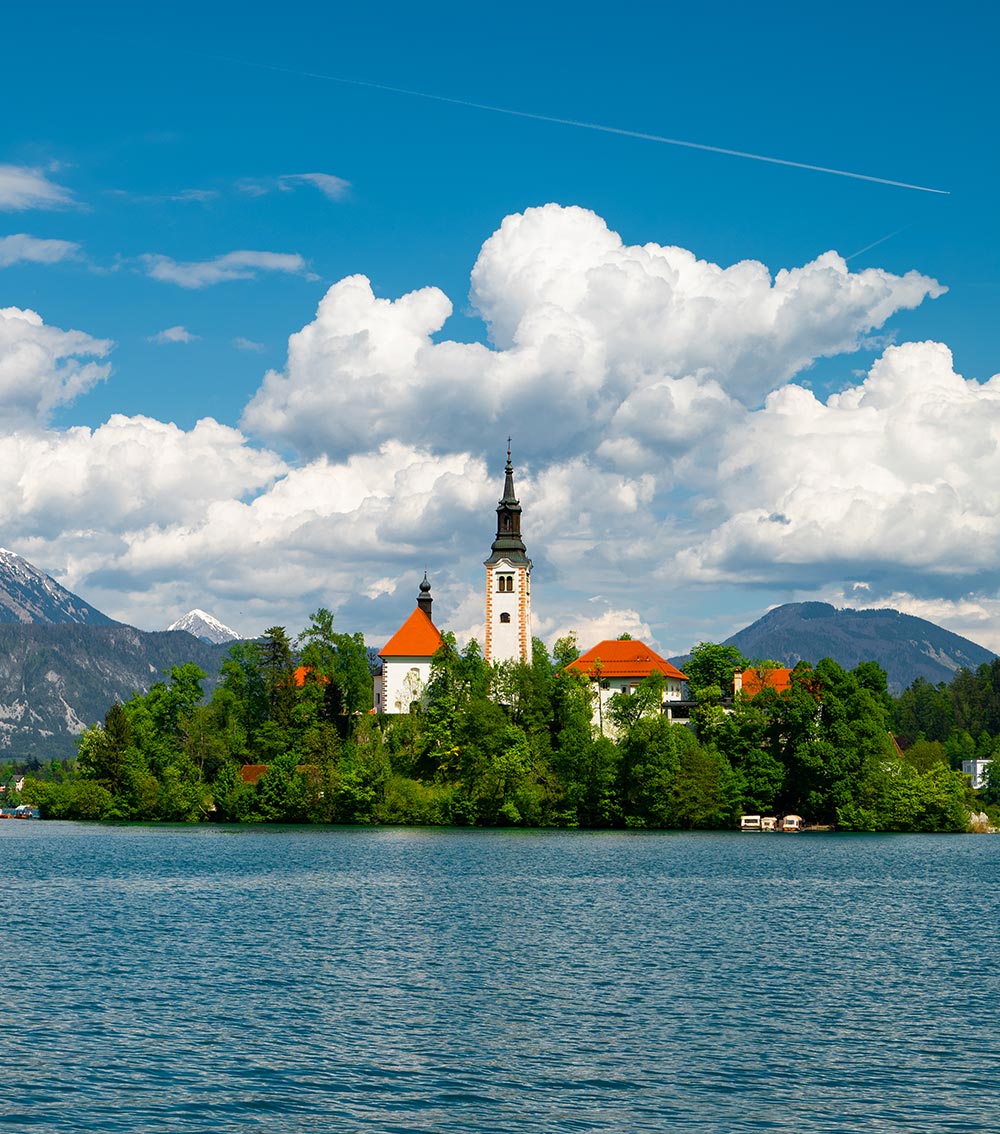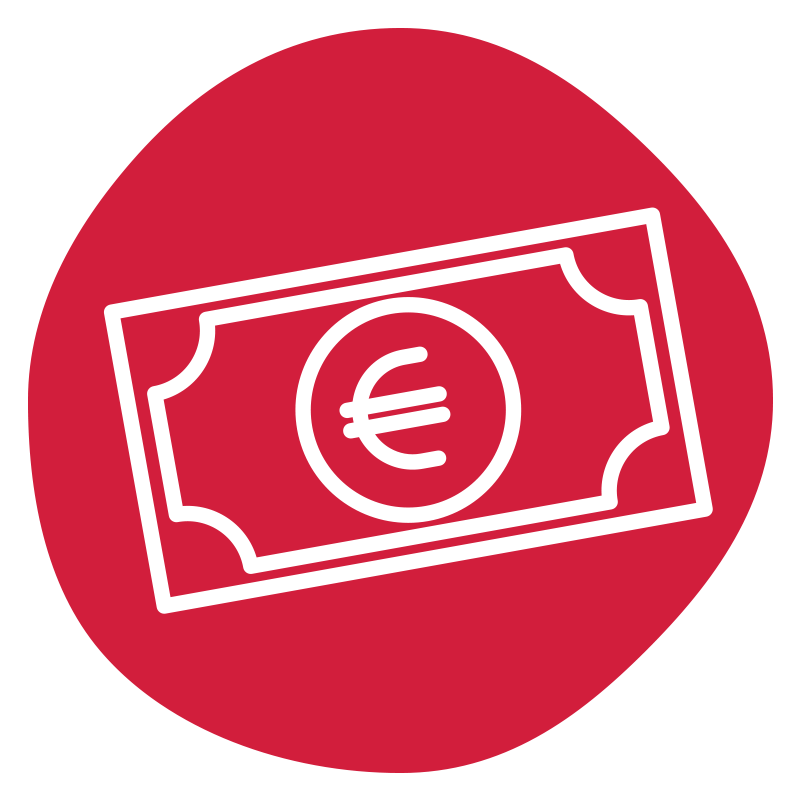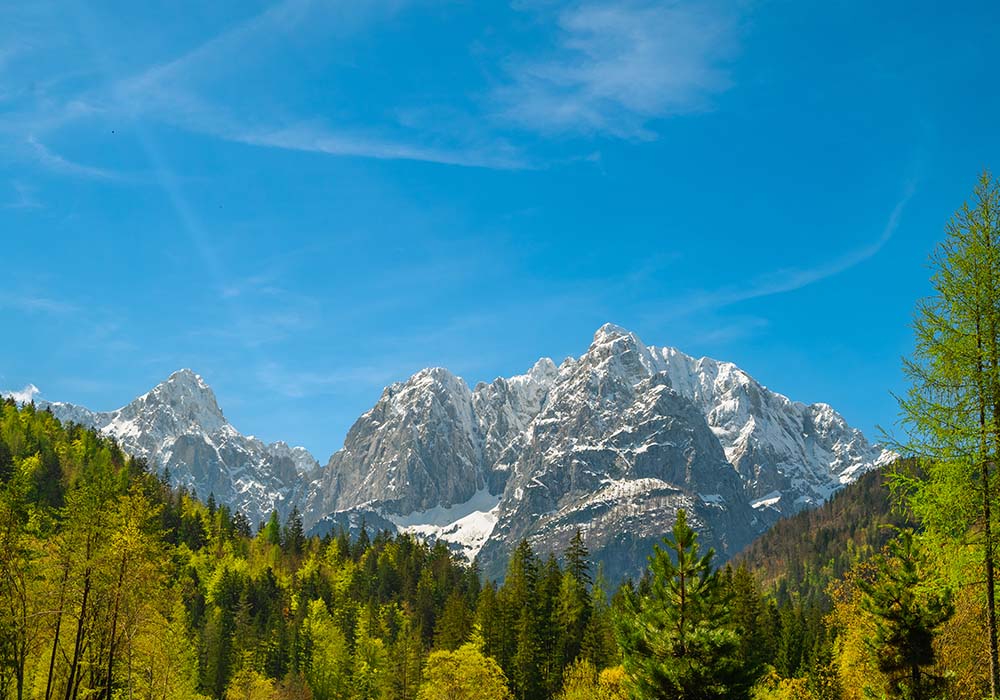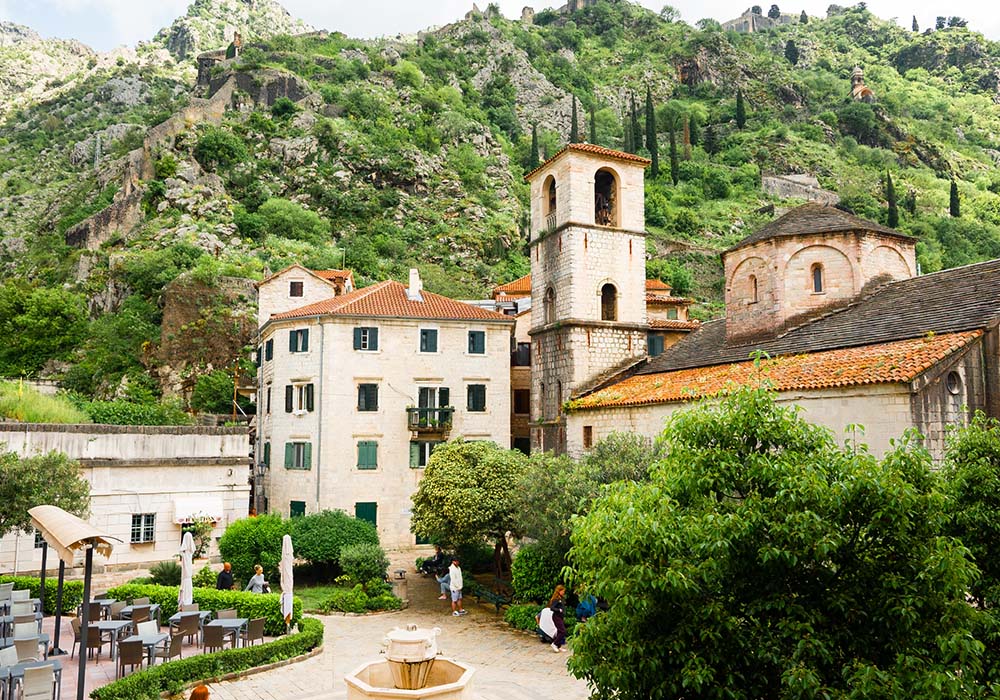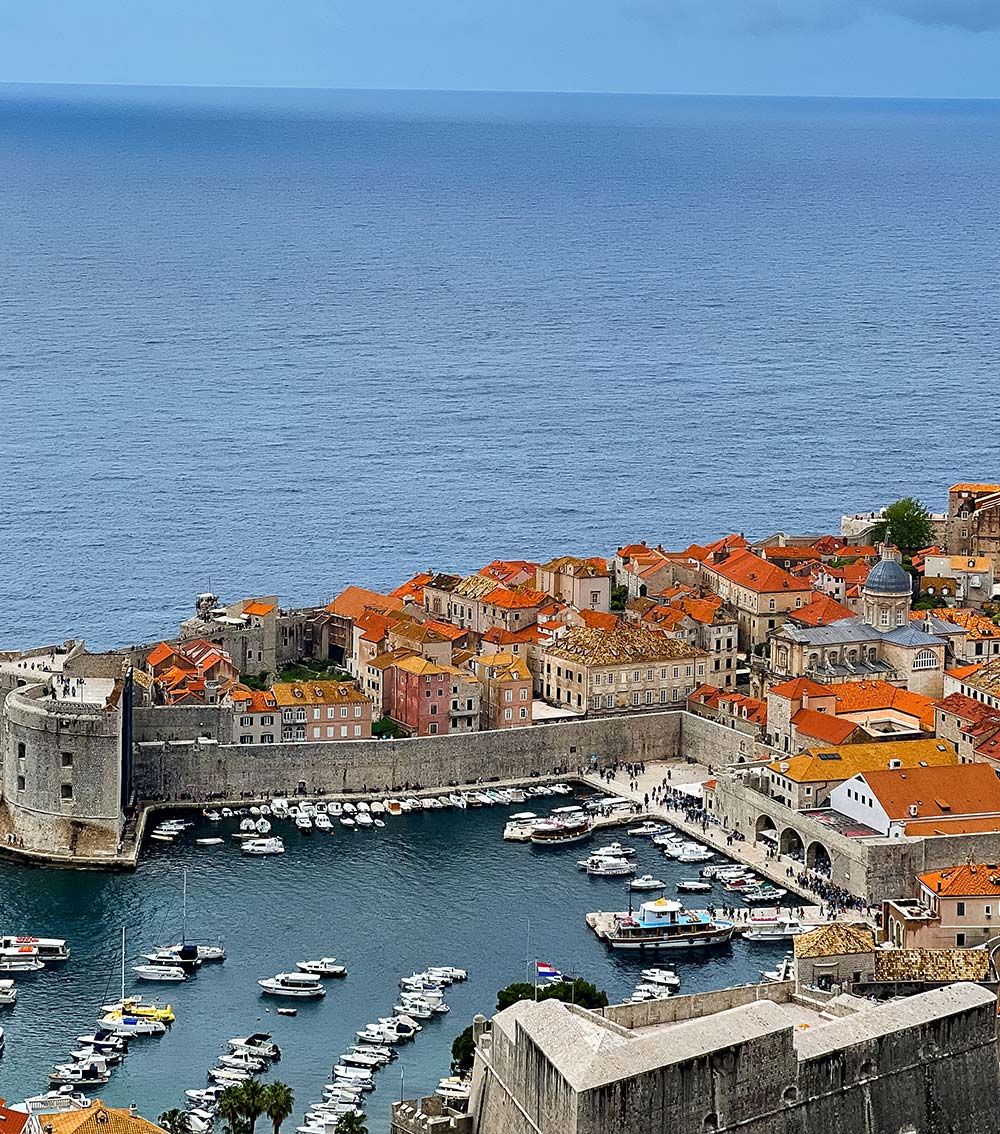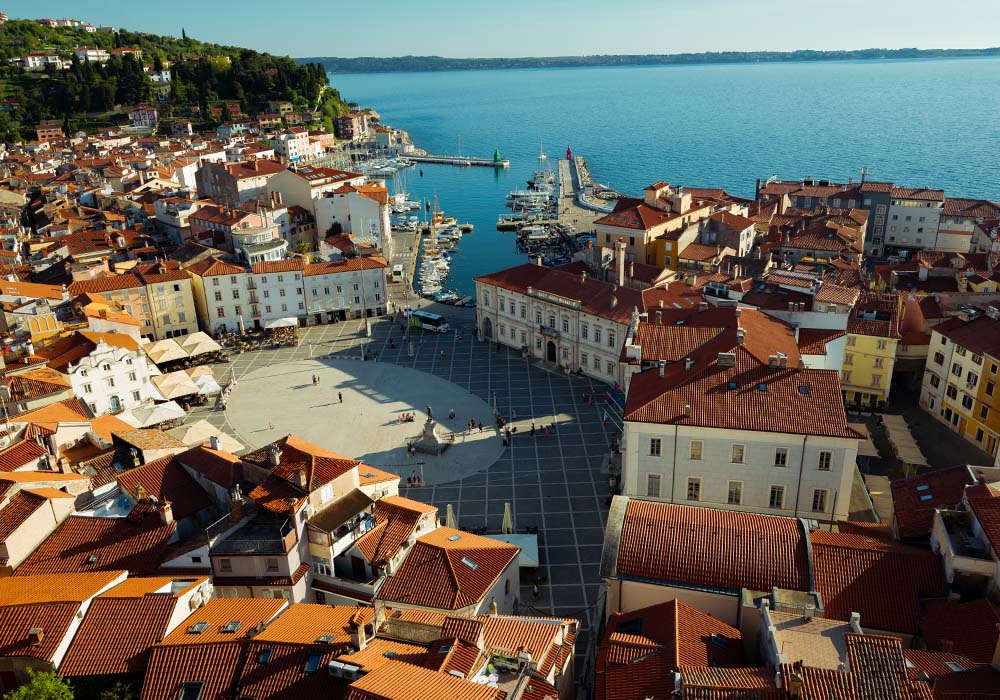How to Get There
By Airplane
The Balkans region is served by several international airports, facilitating access to various countries:
- Serbia: Belgrade Nikola Tesla Airport
- Croatia: Zagreb Franjo Tuđman Airport, Dubrovnik Airport
- Bosnia and Herzegovina: Sarajevo International Airport
- Montenegro: Podgorica Airport, Tivat Airport
- Albania: Tirana International Airport
- North Macedonia: Skopje International Airport
- Kosovo: Pristina International Airport
- Slovenia: Ljubljana Jože Pučnik Airport
- Bulgaria: Sofia Airport
- Romania: Bucharest Henri Coandă International Airport
Many budget airlines, such as Ryanair, Wizz Air, and easyJet, offer affordable connections within Europe to these destinations.
By Train
Train services connect some major cities within the Balkans and to neighboring regions. However, the network can be less extensive and slower compared to Western Europe. For example, the Eurail Global Pass allows travel through certain Balkan countries, but some destinations may require bus connections.
By Bus
Buses are a prevalent mode of transportation in the Balkans, often reaching areas not accessible by train. Companies like FlixBus and local operators provide services between major cities and towns. Booking in advance is advisable, especially during peak seasons.
By Car
Renting a car offers flexibility to explore the Balkans at your own pace. However, be aware of varying road conditions and border crossing regulations between countries. Ensure the rental agreement permits cross-border travel, as some companies may have restrictions.
How to Get Around
Trains
While trains are available, they may not be the most efficient means of travel within the Balkans due to limited routes and slower services. Buses are often recommended for many destinations.
Buses
Buses are the most popular and cost-effective form of transportation in the Balkans, connecting cities, towns, and rural areas. However, they may not always be the most comfortable or punctual. Schedules and tickets might not be consistently available online, so purchasing tickets at bus stations with local currency is sometimes necessary.
Driving
Driving allows for the exploration of rural and scenic areas. Ensure you have the appropriate documentation, understand local traffic laws, and are prepared for diverse driving conditions. Note that some rental companies may have restrictions on cross-border travel, particularly to countries like Albania and Kosovo.
Cycling
Cycling can be an enjoyable way to explore certain areas, especially in more tourist-friendly cities and regions. However, infrastructure varies, and some areas may lack dedicated cycling paths.
Taxis
Taxis are available in most cities, but it’s advisable to use reputable services and agree on fares beforehand. Ride-sharing services like Uber operate in a limited capacity in some Balkan cities, offering licensed taxi bookings.
City Transport
Public transportation within cities varies, with options including buses, trams, and trolleybuses. Services can be less frequent than in Western Europe, so planning is recommended.
SIM Card Options
Local SIM Card
Purchasing a local SIM card can provide affordable data and call options during your stay. Availability and coverage vary by country:
- Serbia: Yettel (formerly Telenor) and A1 offer good coverage.
- Bosnia and Herzegovina: Haloo Tourist SIM offers 20 GB of data for 20 KM.
- Regional Options: Some providers offer SIM cards that work across multiple Balkan countries, which can be convenient for multi-country trips.
eSIM Card Options
For eSIM-compatible devices, digital SIMs offer flexibility without the need for physical cards:
- Airalo: Provides eSIM plans covering multiple Balkan countries.
- Holafly: Offers unlimited data eSIMs suitable for short-term trips.
- Nomad: Features flexible eSIM plans with regional options.


